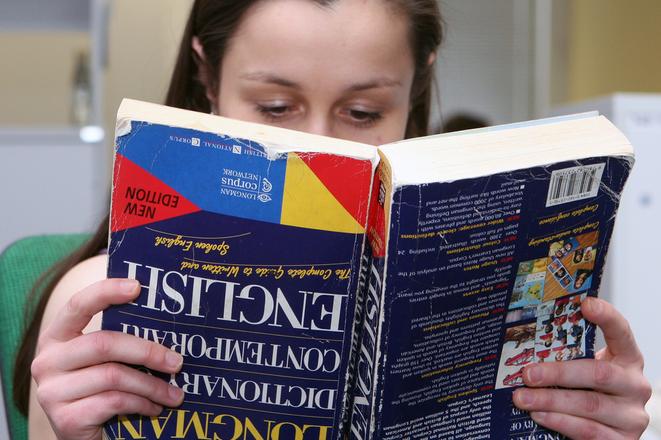The English language is not only a bridge in communication with foreigners, but in most business sectors it has become an essential tool for everyday life. Hence, many Slovaks learn the language in groups or one-on-one with a teacher. Natives coming from the UK are the preferred teachers. But experts stress that demand for native speakers is still driven by the notion among students that anyone with a passport of an English-speaking country is also good at teaching the language.
“Slovak students ask for native speakers regardless of their qualification and higher education,” Klaudia Bednárová, chairwoman of the board of directors of AJŠ and director of The Bridge English Language Centre, told The Slovak Spectator.
Demand for natives
The Slovak market is pretty buoyant with healthy demand and good supply to meet that demand, mainly in Bratislava, said Jonathan Hill, a UK native who teaches English in Bratislava.
There are about 10 to 15 percent of native speakers who teach at language schools in Slovakia, according to the survey of the Slovak Association of Language Schools (AJŠ).
Hill pointed out that when he first came to Slovakia a decade ago, most people were prepared to pay quite highly for native speaker teachers as there was a huge demand. The financial crisis in 2008-2010 changed the attitude which resulted in a huge cut in training budgets, he said.
“A lot of foreign teachers decided to leave Slovakia at that point and go to healthier markets such as Saudi Arabia, China and the Far East where the demand far exceeds the current supply of teachers,” Hill said.
Another English teacher, Simon Flint, who witnessed an explosion in teaching English when he arrived to Slovakia in 2000, explained that the high demand for native speakers helps a teacher to specialise in teaching young learners or the business community. The increasing international investment there continues to drive the demand for languages, he said.
“Current school children are expected to have a working knowledge of English as well as another foreign language,” Flint told The Slovak Spectator.
Teaching in schools
The situation on the market greatly depends on where teachers work. Most native speakers end up working for language schools because they do not know the language, culture and country they are in, said Hill. In short, working for a language school gets people going, however, in the long-term they may want to look into going it alone.
The Slovak market provides both private and public language schools. As of May 2016, there were 31 state language schools in Slovakia, according to the Education Ministry’s report.
Additional evidence from the Slovak Centre of Scientific and Technical Information (CVTI) from September 2015 reveals the situation in the Slovak education system. There were 352 full-time and part-time teachers of all languages in state schools, 291 teachers in private schools and eight teachers in church schools. In total, 10,327 students learning English in state schools, 4,110 students in private and 127 students in church institutions.
Hill classifies the British Council and International House among decent language schools with strong teacher development and training programmes. Unfortunately, teachers need to be qualified and possess either the Cambridge English Language Teaching to Adults (CELTA) or Teaching English as a Foreign Language (TEFL) certificates that includes 120 hours.
Bednárová pointed out that at present native speakers who are pleasant, communicative and well-read easily find work in Bratislava without qualification as the market does not require real teaching abilities.
“They come, chew the fat, and unless they are not physically annoying people or blood suckers, students do not have problems cooperating with them,” Bednárová said.



 Illustration stock photo. (source: Sme)
Illustration stock photo. (source: Sme)